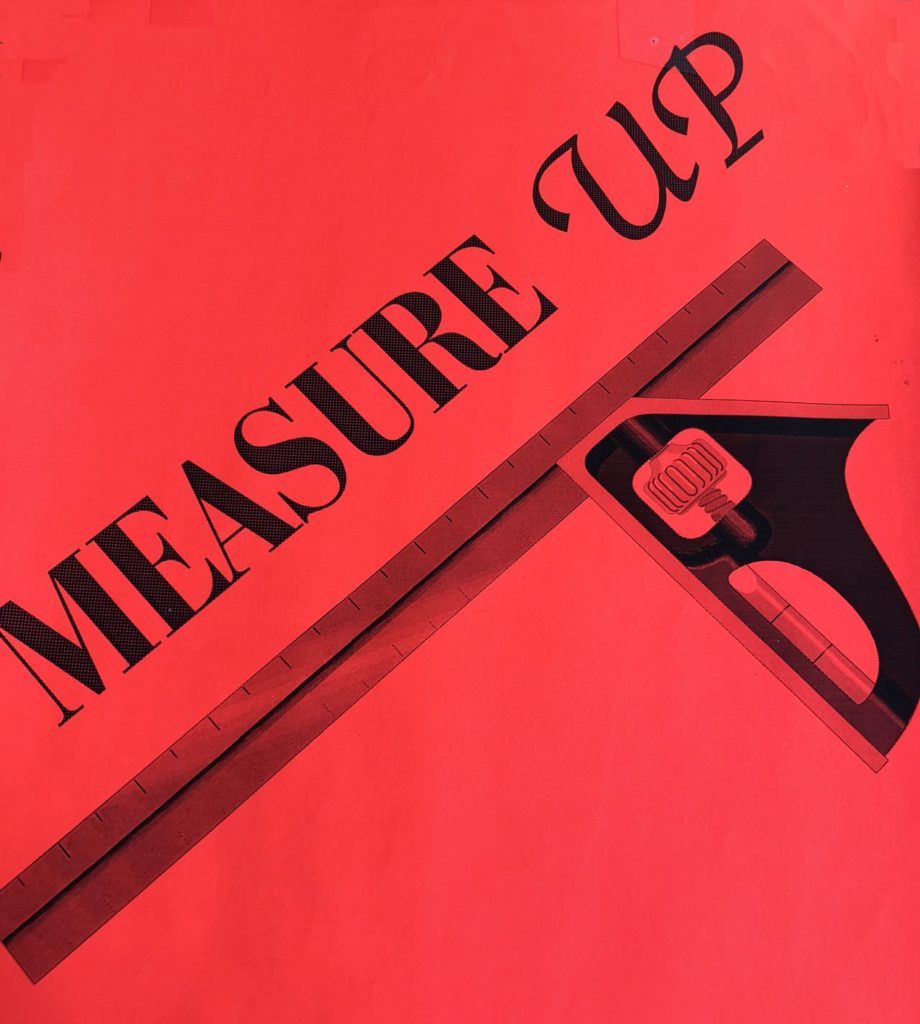
Independence is highly valued and celebrated by nations, people groups, and individuals. For some, independence relates to coming of age and, for others, it’s a prolonged struggle with many battles along the way. For people with dwarfism, independence in the built environment is a prolonged and ongoing struggle. The Measure-Up Campaign was one of the many battles Little People of America (LPA) won in our fight for independence.
When LPA applied for membership on a national committee setting building code standards in accessible and usable buildings and facilities in 1994, we had one primary objective—to change the standard to lower equipment with operable parts to be within the reach of people with dwarfism. We asserted our right to independently use ATMs, self-serve gas pumps, elevators, and the like.
Want to subscribe to receive blog updates sign up today!
LPA knew that our request to amend the standard to lower operable parts on equipment by six-inches, from 54 to 48 inches, was like firing the first shot across the bow. We anticipated resistance from the affected industries represented on the committee. And the push back was immediate. Committee members returned fire with a call for more research. As LPA’s representative on the committee, I quickly learned that a committee call for research was “code” for delay and denial.
Instead of waiting for the committee to conduct the research, LPA took action to answer the questions:
- Is 48 inches the right height?
- How high can people with dwarfism reach?
- And what effect will this have on people with other disabilities?
The 1995 LPA national conference in Denver, Colorado was perfectly timed for gathering the data to answer these questions. And so the LPA Measure-Up Campaign was born.
Robert Van Etten (a rehabilitation engineer and former LPA president) partnered with Dr. Ed Steinfeld (an architect, university professor, and Committee member) to design a reach range survey. One hundred subjects would have made the survey statistically valid. This number was easily surpassed when the Measure-Up Campaign captured the measurements of 172 adult little people. The reward of a Hershey chocolate kiss may have induced some to line up for measurements of their height, arm extension, eye height, and vertical reach, but the desire to independently use ATMs was a greater motivation. The results were documented in multiple tables and graphs in the study called the “Anthropometric National Survey of Adult Dwarfs of 1995.”
Within weeks of the survey, I returned to the Committee meeting armed with research results that pulled the rug out from under those determined to keep the status quo. The data documented that if the unobstructed side-reach standard was reduced to 48 inches about 80% of people with dwarfism would be able to reach ATMs and everything else activated with a push, pull, or turn.
Winning this key battle moved committee members beyond sympathy and forced them to face the need to break the six-inch reach barrier. People with dwarfism and other reach disabilities were one step closer to functioning independently in public places.
This post is adapted and excerpted from Chapter 15, Breaking the Six-Inch Reach Barrier, in “ALWAYS AN ADVOCATE: Champions of Change for People with Dwarfism and Disabilities” releasing in October 2021.

One reply on “Measure Up for Independence”
You and Robert are awesome! So glad you were able to do the research for them. I’m sure Hershey kisses didn’t hurt🤪